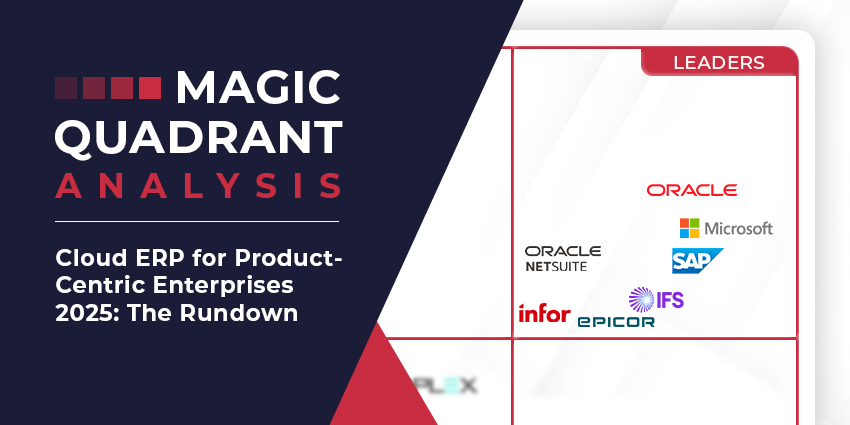As enterprise connectivity and data sharing become mission-critical CX priorities, the demand for business intelligence (BI) solutions increases.
Not only can BI solutions unearth hidden insights across the company, but they also contribute to the creation of a unified view of customer experience (CX). Consequently, they ensure that every department sings from the same hymn sheet.
Companies can garner many more possible benefits from enhancing BI reporting. Yet, there is a lot for CX teams to get their heads around first.
What Is Business Intelligence Reporting?
According to Gartner, BI solutions allow less technically-inclined CX team members to “analyze, explore, exchange, and manage data.”
Therefore, harnessing a BI tool makes it easier to prepare and analyze data while also discovering and communicating meaningful insights.
Such insights usually funnel through the enterprise as static reports – sent via email, PDFs, or perhaps even dynamically updated and collaborative data dashboards. In this manner, BI reporting assists users in enhancing their decision-making and corporate success.
Many organizations generate inordinate volumes of market, operational, and customer data. BI reporting brings this to life, delivering many benefits for organizational performance.
Indeed, according to a Forrester study, firms that depend on data management software for decision-making have a 58 percent likelihood of exceeding their sales objectives than their competitors, who are not data-driven. Additionally, they increase consumer trust by eight percent and compliance by 173 percent.
These statistics tantalize the fruitful rewards that lie in wait for those that create a winning BI reporting strategy.
How Does Business Intelligence Reporting Work?
Data visualization is one of the primary ways that BI reports deliver insights. The solution sources, sorts, arranges, and presents data, unveiling narratives that allow users to gain new perspectives and insights.
In many cases, this process is entirely automated, except for setting up the data plugins.
The only considerable restriction to the breadth of the BI report is the volume of data collected. With rich data sources to feed from, managers can create a more comprehensive view of their operations, positively influencing short- and long-term decisions.
3 Types of Business Intelligence Reports
There is no limit to the types of BI reports CX teams can create. Yet, here are some of the most common.
- Predictive BI Reporting
Predictive analytics is a subset of business intelligence that builds upon BI reporting. It provides accurate forecasts based on current and past data.
Tools for predictive analytics are growing in prominence since they eliminate a substantial amount of ambiguity from decision-making.
Although this type of BI report helps forecast the outcome of future events, it may also uncover the probable cause of previous occurrences.
- Performance Management BI Reporting
These BI reports offer valuable insights into the performance of a company’s people, teams, and departments. As performance ultimately links with revenue, these business intelligence reports are prevalent among many senior management teams.
On a daily basis, this data enables firms to make adjustments to their operations before poor performance causes significant damage.
- Financial Analysis BI Reporting
Reporting on financial analysis helps the Chief Financial Officer (CFO) and other senior executives conduct financial planning more efficiently.
Typically, these reports provide crucial financial indicators in an engaging and compelling way. This covers gross profit, total assets, operational costs, operating income, gross margin, etc.
With the use of these metrics, business analysts may compute the insights below, which aid in the reduction of risks and costs:
- Profit and loss for the year in consideration
- Monthly breakdown of expenses
- Revenue distribution
Key Tools for Business Intelligence Reporting
A BI platform will offer the following tools to simplify the BI reporting process:
- Dashboards – It is simpler for stakeholders to comprehend and contribute when dashboards contain interactive data visualizations like charts, graphs, and maps. Modern BI technologies make it easy to design customized dashboards using drag-and-drop functionality.
- Self-Service BI – It allows users to examine data without writing code. The feature may also employ an associative engine that enables users to freely navigate data, recalibrate statistics, and gain new insights.
- Augmented analytics – Artificial intelligence (AI) and machine learning augment human intuition via suggested insights and analysis, task automation, search and natural language interaction, alongside advanced real-time analytics.
- Mobile BI – Even offline, users may share their findings and communicate with others on any device through an associated app.
- Embedded BI – APIs help to integrate business intelligence features into various applications, products, platforms, and processes. This enables workers, partners, customers, and suppliers to view data and insights without switching to a different application.
- Static reports and Notifications – BI solutions enable users to create and distribute static reports in standard document formats. They may also configure data-driven, real-time notifications when KPIs surpass a predetermined level.
Best Practices for Building Better BI Reports
When constructing BI reports, users should keep the following best practices in mind:
- Before a high-quality BI implementation, define the project’s scope and evaluate critical needs to develop a coherent approach.
- Implement a robust framework for data governance, which has several advantages. These include increased security, lower operating expenses, and easier data administration.
- The dissemination of information to the larger corporate community is a crucial purpose of BI. By educating employees and departments on the company’s defined vocabulary and KPIs, companies may significantly improve the data literacy of CX teams.
Finally, business intelligence reports democratize data by delivering insights to CX teams with minimum technical experience. This enables organizations to make more educated, data-driven choices at all levels of management.
Uncover the leading BI solution providers by checking out our rundown of the Gartner Magic Quadrant for Analytics and Business Intelligence Platforms 2022







